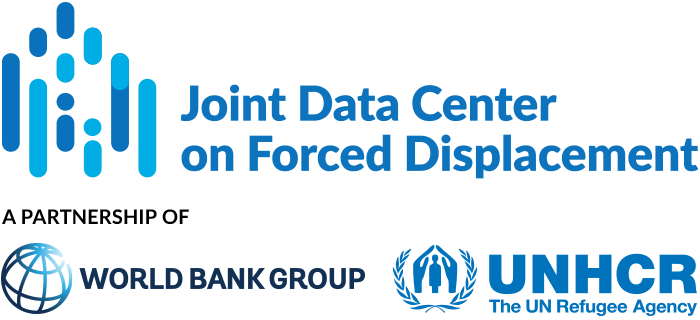This paper examines the impact of destination country characteristics on south-south refugee movements between 2004 and 2019.
JDC Literature Review
Risk factors associated with Rohingya refugee girls’ education in Bangladesh: A multilevel analysis of survey data
This paper investigates the factors associated with Rohingya girls’ likelihood of attending temporary learning centers (LCs) in refugee camps in Cox’s Bazar, Bangladesh. Cox’s Bazar hosts nearly one million Rohingya refugees from Myanmar.
Application of geospatial technologies in developing a dynamic landslide early warning system in a humanitarian context: the Rohingya refugee crisis in Cox’s Bazar, Bangladesh
This article develops a localized landslide early warning system (EWS) for Rohingya refugees and host communities in Cox’s Bazar district in Bangladesh.
Navigating nature’s toll: Assessing the ecological impact of the refugee crisis in Cox’s Bazar, Bangladesh
This paper examines the ecological impact of the Rohingya refugee influx in Cox’s Bazar, Bangladesh. More than 720,000 Rohingya refugees have fled Myanmar since August 2017 and have settled in camps in the Teknaf and Ukhiya Upazilas of Cox’s Bazar district.
Incidence of child marriage among refugees and internally displaced persons in the Middle East and South Asia: evidence from six cross-sectional surveys
This article investigates the incidence of child marriage among displaced and host populations in humanitarian settings in Bangladesh, Nepal, Djibouti, Iraq, Lebanon, and Yemen.
Malnutrition trends in Rohingya children aged 6–59 months residing in informal settlements in Cox’s Bazar District, Bangladesh: An analysis of cross-sectional, population-representative surveys
This paper estimates malnutrition rates among Rohingya refugee children in Bangladesh. Since April 2017, more than 700,000 Rohingya refugees have fled violence in Myanmar, settling in makeshift settlements in Cox’s Bazar District, Bangladesh.
Estimating stillbirth and neonatal mortality rate among Rohingya refugees in Bangladesh, September 2017 to December 2018: a prospective surveillance
This article investigates neonatal mortality and stillbirth rates in Rohingya refugee camps in Bangladesh. An estimated 882,000 Rohingya refugees from Myanmar were forcibly displaced to Cox’s Bazar district of Bangladesh in 2017 and 2018.
Family planning knowledge, attitude and practice among Rohingya women living in refugee camps in Bangladesh: a cross-sectional study
This article assesses the knowledge, attitude, and practice (KAP) of family planning and associated factors among Rohingya women living in refugee camps in Bangladesh.
Gender-based vulnerability: combining Pareto ranking and spatial statistics to model gender-based vulnerability in Rohingya refugee settlements in Bangladesh
This paper investigates the spatial and thematic variations in gender-based vulnerability of Rohingya refugees in Bangladesh. As of March of 2019, there were over 900,000 Rohingya refugees living in the Ukhiya and Teknaf Upazilas of Bangladesh.
Associations among past trauma, post-displacement stressors, and mental health outcomes in Rohingya refugees in Bangladesh: A secondary cross-sectional analysis
This paper examines the association between post-displacement stressors and mental health outcomes among Rohingya refugees in Cox’s Bazar, Bangladesh.


